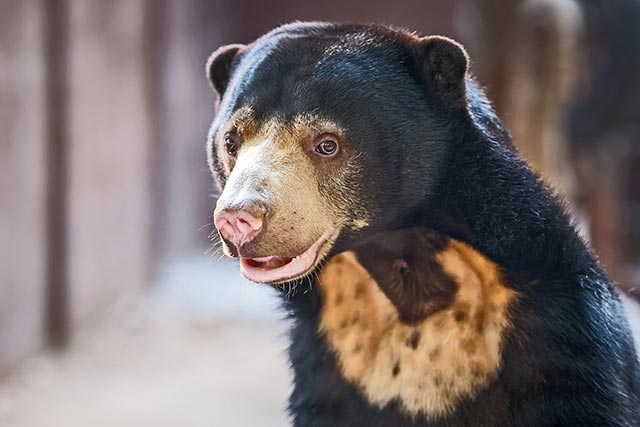
The research team has then played a recording of conspecific vocalizations in each of the three chambers where the pups are roosting. The recordings, which mimic the intensity and frequency of about 100 to 200 adult bats, serve as stimuli that resemble natural roosting settings. The recordings have also been constantly played from day one up to one whole year.
The results have shown that the pups in the three different chambers have developed three distinct vocal dialects over time. The research team has observed that the pups' vocalizations are not solely dependent on their parents' vocal projections. The experts have also noted that the pups tend to do away with vocalizations they heard from their parents and follow those of the whole colony instead. According to the scientists, the pups exhibited a “crowd vocal learning” phenomenon where they adapt the clicking and chattering noises of the recordings that represented a whole bat colony.
"The difference between the vocalizations of the mother bat and those of the colony are akin to a London accent and, say, a Scottish accent. The pups heard their mothers' 'London' dialect, but also heard the 'Scottish' dialect mimicked by many dozens of 'Scottish' bats. The pups eventually adopted a dialect that was more similar to the local 'Scottish' dialect than to the 'London' accent of their mothers,” lead researcher Dr. Yossi Yovel explains in Daily Mail online.
"This study adds substantial evidence for the importance of vocal learning in the ontogeny of bat vocal communication. It is important to note that, in the wild, as well as in our setup, bats are exposed to an immense amount of vocalizations produced by conspecifics in the dark. Thus, young pups hear conspecifics that do not directly interact with them to an extent that quantitatively overshadows the vocalizations produced by their mothers or immediate neighbors. We hypothesize that such crowd vocal learning may be employed by other species that are exposed to many vocalizations of conspecifics without directly interacting with them," the researchers report in the PLOS Biology journal.
Songbirds, dolphins adopt crowd vocal learning too
A 2012 study carried out by researchers at the Emory University and the University of California, San Francisco, has revealed that young songbirds listen to adults in order to learn how to vocalize. The research team has examined newly hatched Bengalese finches as part of the study. The scientists have observed that the young songbirds start imitating adults a few days after hatching. However, the experts have observed that the young birds' first few songs have been extremely variable and disorganized.
The young animals are also shown to practice more vigorously by listening to their own sounds. The young songbirds tend to fix their mistakes as they practice until they eventually learn to sing like an adult, the research team has reported. (Related: Human echolocation using mouth clicks is possible, study finds.)
Likewise, an article posted on the Whale Facts website has revealed that dolphins use high-pitched clicking sounds and whistles of varying pitches in order to effectively communicate with one another and identify which dolphin is sending out a message. The entry stresses that this mechanism is essential for the animals' survival especially when traveling in pods with many other dolphins.
Sources include:
Please contact us for more information.























